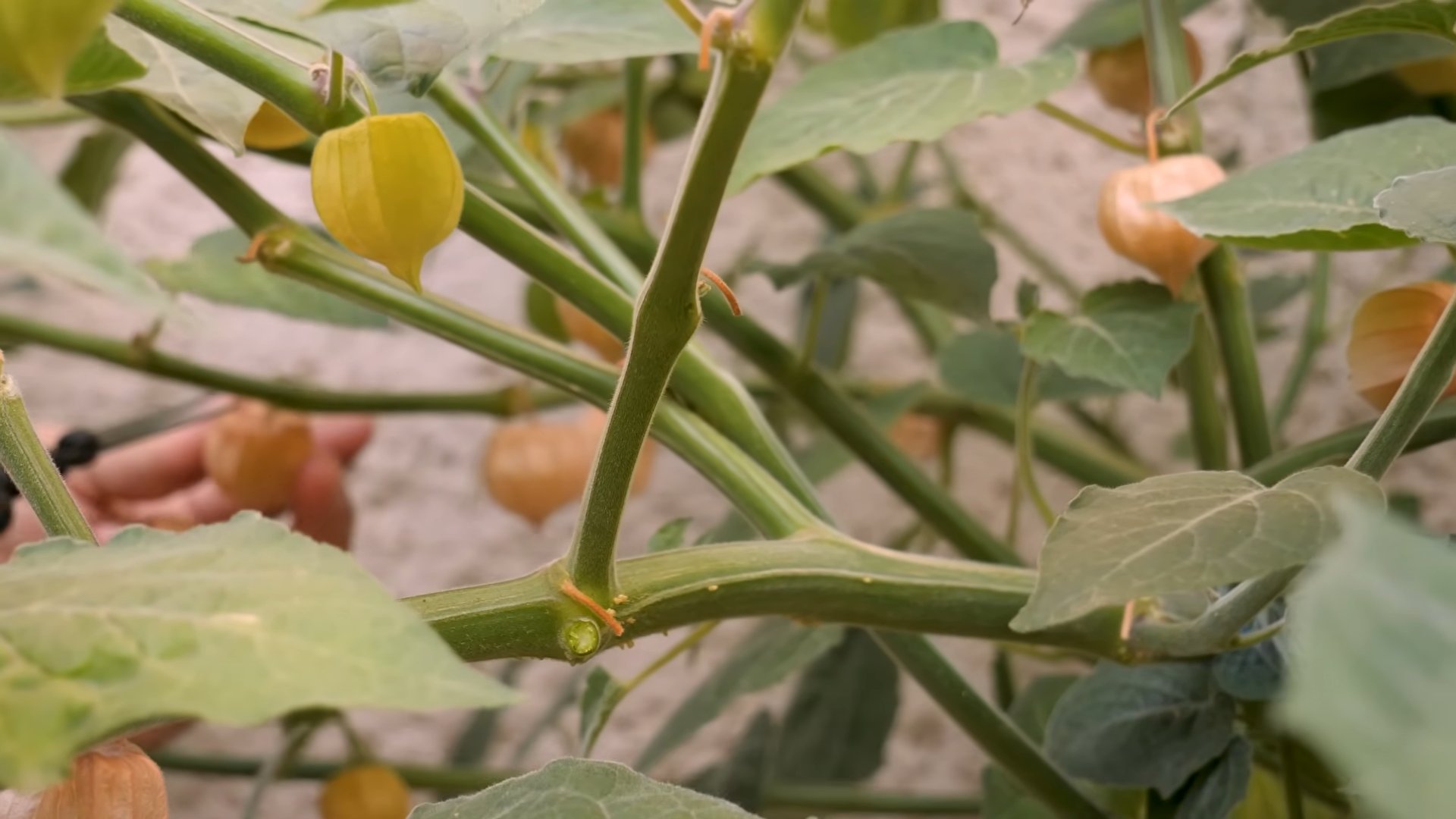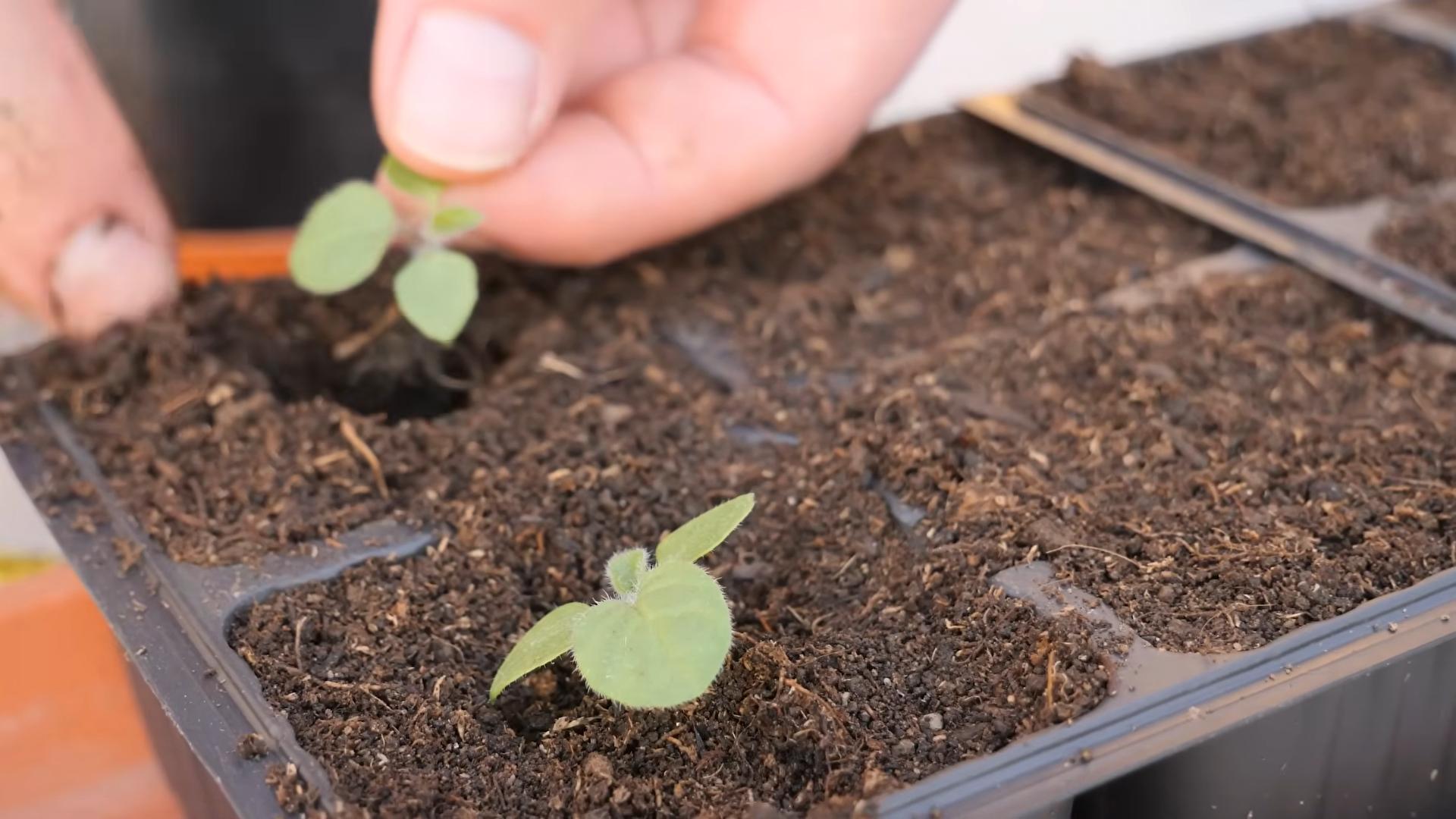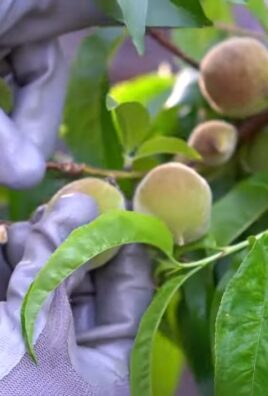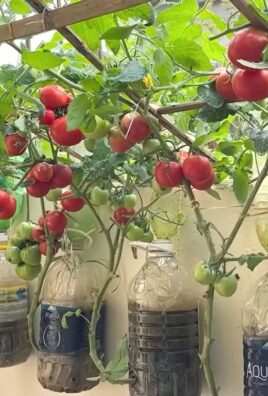Cape gooseberry small garden growing can seem like a daunting task, especially if you’re short on space. But fear not, fellow gardening enthusiasts! I’m here to tell you that even with the tiniest of plots, you can cultivate these delightful golden berries and enjoy their unique sweet-tart flavor straight from your own backyard. Forget those expensive supermarket prices – imagine plucking sun-ripened cape gooseberries just steps from your door!
For centuries, the cape gooseberry, also known as the goldenberry or physalis, has been cherished across cultures. Originating in South America, these little gems have traveled the globe, becoming a beloved ingredient in jams, desserts, and even savory dishes. Their vibrant color and distinctive papery husk add a touch of exotic charm to any garden.
But why should you bother with cape gooseberry small garden growing? Well, besides the obvious deliciousness, these plants are surprisingly resilient and adaptable. They thrive in containers, making them perfect for balconies, patios, or even sunny windowsills. Plus, growing your own food is incredibly rewarding, connecting you to nature and providing you with fresh, healthy produce. In this article, I’ll share my top DIY tricks and hacks to help you successfully grow cape gooseberries in your small garden, from seed to harvest. Get ready to transform your limited space into a golden berry paradise!

Growing Cape Gooseberries in Your Backyard Oasis
Okay, fellow gardening enthusiasts! Let’s dive into the delightful world of Cape Gooseberries (Physalis peruviana). These little golden gems, also known as golden berries or Inca berries, are surprisingly easy to grow, even in a small garden. I’m going to walk you through everything you need to know to cultivate your own supply of these sweet and tangy treats.
Choosing the Right Variety and Location
Before we get our hands dirty, let’s talk about variety and location. While most Cape Gooseberry plants are fairly similar, some varieties might be better suited to your specific climate. Look for varieties that are known to be productive in your region. Your local nursery can be a great resource for this!
As for location, Cape Gooseberries are sun-loving plants. They need at least 6-8 hours of direct sunlight each day to thrive. They also prefer well-drained soil. If your soil is heavy clay, you’ll want to amend it with compost or other organic matter to improve drainage.
Starting from Seed or Seedling
You have two main options for starting your Cape Gooseberry plants: from seed or from seedlings. Starting from seed is more economical, but it takes a bit longer. Buying seedlings gives you a head start.
Starting from Seed
1. Timing is Key: Start your seeds indoors about 6-8 weeks before the last expected frost in your area. This will give them plenty of time to germinate and grow into strong seedlings.
2. Prepare Your Seed Starting Mix: Use a seed starting mix that’s light and airy. Avoid using garden soil, as it can be too heavy and may contain pathogens.
3. Sow the Seeds: Fill your seed starting trays or pots with the mix and gently sow the seeds about ¼ inch deep. I usually plant 2-3 seeds per cell to increase my chances of germination.
4. Water Gently: Water the soil gently to avoid disturbing the seeds. A spray bottle works well for this.
5. Provide Warmth and Light: Cover the trays with a plastic dome or plastic wrap to create a humid environment. Place them in a warm location, ideally around 70-75°F (21-24°C). You can use a heat mat to provide bottom heat. Once the seeds germinate, remove the cover and provide them with plenty of light. A grow light is ideal, but a sunny windowsill can also work.
6. Thin the Seedlings: Once the seedlings have their first true leaves (the second set of leaves), thin them to one plant per cell. Choose the strongest and healthiest seedling.
Starting from Seedlings
1. Choose Healthy Seedlings: When buying seedlings, look for plants that are healthy and vigorous. Avoid plants that are leggy, yellowed, or have signs of pests or diseases.
2. Harden Off the Seedlings: Before planting your seedlings outdoors, you’ll need to harden them off. This means gradually exposing them to outdoor conditions over a period of 7-10 days. Start by placing them in a sheltered location for a few hours each day, gradually increasing the amount of time they spend outdoors.
Planting Your Cape Gooseberry Plants
Now for the fun part – getting those plants in the ground!
1. Prepare the Soil: Choose a spot in your garden that gets at least 6-8 hours of sunlight per day. Amend the soil with compost or other organic matter to improve drainage and fertility.
2. Dig the Holes: Dig holes that are slightly larger than the root balls of your seedlings. Space the plants about 2-3 feet apart. Cape Gooseberries can get quite bushy, so give them plenty of room to grow.
3. Plant the Seedlings: Gently remove the seedlings from their containers and loosen the root balls. Place the seedlings in the holes and backfill with soil.
4. Water Thoroughly: Water the plants thoroughly after planting. This will help to settle the soil and encourage root growth.
5. Mulch: Apply a layer of mulch around the plants to help retain moisture, suppress weeds, and regulate soil temperature. Straw, wood chips, or shredded leaves are all good options.
Caring for Your Cape Gooseberry Plants
Once your plants are in the ground, they’ll need regular care to thrive.
1. Watering: Water your Cape Gooseberry plants regularly, especially during dry periods. They prefer consistently moist soil, but avoid overwatering, which can lead to root rot.
2. Fertilizing: Fertilize your plants every few weeks with a balanced fertilizer. You can also use compost tea or other organic fertilizers.
3. Pruning: Cape Gooseberries don’t require a lot of pruning, but you can prune them to remove any dead or damaged branches. You can also prune them to control their size and shape.
4. Support: As the plants grow, they may need some support to prevent them from sprawling. You can use stakes, cages, or trellises to support them.
5. Pest and Disease Control: Cape Gooseberries are generally resistant to pests and diseases, but they can be susceptible to aphids, whiteflies, and fungal diseases. Inspect your plants regularly and take action if you see any signs of problems. Insecticidal soap or neem oil can be used to control aphids and whiteflies. Fungicides can be used to treat fungal diseases.
Harvesting Your Cape Gooseberries
The moment we’ve all been waiting for – harvesting those delicious golden berries!
1. Timing is Everything: Cape Gooseberries are ready to harvest when the papery husks turn brown and dry and the berries inside turn a golden yellow color. The husks will often drop to the ground when the berries are ripe.
2. Harvesting: Simply pick the berries from the plants. You can also shake the plants gently to dislodge any ripe berries that are ready to fall.
3. Storage: Cape Gooseberries can be stored in the refrigerator for several weeks. You can also freeze them for longer storage.
Troubleshooting Common Problems
Even with the best care, you might encounter some problems along the way. Here are a few common issues and how to address them:
* Yellowing Leaves: This could be a sign of nutrient deficiency, overwatering, or underwatering. Check the soil moisture and fertilize if necessary.
* Lack of Fruit: This could be due to insufficient sunlight, poor pollination, or nutrient deficiency. Make sure your plants are getting enough sunlight and fertilize them regularly. You can also try hand-pollinating the flowers.
* Pests and Diseases: As mentioned earlier, inspect your plants regularly and take action if you see any signs of pests or diseases.
Enjoying Your Harvest
Now that you’ve harvested your Cape Gooseberries, it’s time to enjoy them! These little berries are incredibly versatile.
* Eat Them Fresh: Simply pop them out of their husks and enjoy them as a snack.
* Make Jam or Preserves: Cape Gooseberry jam is a delicious and unique treat.
* Add Them to Salads: Their sweet and tangy flavor adds a delightful twist to salads.
* Bake Them into Pies or Tarts: Cape Gooseberries make a wonderful addition to pies and tarts.
* Use Them in Desserts: Add them to ice cream, yogurt, or other desserts.
Extending the Growing Season
If you live in a colder climate, you can extend the growing season by starting your plants indoors and using row covers or a greenhouse to protect them from frost. You can also grow them in containers and bring them indoors during the winter.
Saving Seeds for Next Year
If you want to save seeds from your Cape Gooseberries for next year, simply allow some of the berries to ripen fully on the plant. Then, remove the seeds from the berries and dry them thoroughly. Store the dried seeds in an airtight container in a cool, dark place.
Conclusion
Growing Cape Gooseberries is a rewarding experience that can provide you with a delicious and unique harvest. With a little bit of care and attention, you can enjoy these golden gems from your own backyard garden. So, get out there and start planting! I hope this guide has been helpful, and happy gardening!

Conclusion
So, there you have it! Cultivating your own cape gooseberries, even in a small garden, is not only achievable but also incredibly rewarding. This DIY trick unlocks a world of fresh, tangy-sweet fruit right at your fingertips, bypassing the often-limited availability and higher prices you might encounter at the grocery store. Imagine plucking sun-ripened berries straight from the vine, knowing exactly where they came from and how they were grown. That’s the power of taking control and embracing this simple gardening project.
But why is this a must-try? Beyond the obvious benefit of fresh, delicious fruit, growing cape gooseberries offers a unique connection to nature. It’s a chance to learn about plant life cycles, experience the satisfaction of nurturing something from seed to harvest, and appreciate the bounty of your own backyard. Plus, cape gooseberries are surprisingly versatile. Eat them fresh, add them to salads, bake them into pies and tarts, or transform them into delectable jams and preserves. The possibilities are endless!
Variations and Suggestions:
Don’t be afraid to experiment! If you’re short on space, consider growing cape gooseberries in containers. This allows you to move them around to optimize sunlight exposure and even bring them indoors during colder months. For a unique twist, try growing different varieties of cape gooseberries. Some offer a more intense flavor, while others boast a larger fruit size. You can also explore companion planting to enhance growth and deter pests. Marigolds, for example, are known to repel nematodes, which can sometimes affect cape gooseberry plants.
Another suggestion is to start your seeds indoors a few weeks before the last expected frost. This gives your seedlings a head start and increases your chances of a successful harvest. When transplanting them outdoors, be sure to choose a sunny location with well-drained soil. And remember to provide support for your plants as they grow, especially if they become laden with fruit. A simple trellis or stake will do the trick.
Embrace the Cape Gooseberry Challenge!
We wholeheartedly encourage you to give this DIY cape gooseberry growing trick a try. It’s a relatively low-maintenance project that yields a surprisingly abundant harvest. Whether you’re a seasoned gardener or a complete beginner, you’ll find the process both enjoyable and educational.
Once you’ve harvested your first batch of cape gooseberries, we’d love to hear about your experience! Share your photos, tips, and recipes in the comments section below. Let’s create a community of cape gooseberry enthusiasts and inspire others to embark on this rewarding gardening adventure. Your insights could be invaluable to someone just starting out. So, grab your seeds, prepare your soil, and get ready to enjoy the sweet taste of success! This small garden growing project is waiting for you.
Frequently Asked Questions (FAQ)
Q: What exactly are cape gooseberries, and what do they taste like?
A: Cape gooseberries (Physalis peruviana), also known as golden berries or Inca berries, are small, round fruits encased in a papery husk. They have a unique sweet-tart flavor, often described as a combination of pineapple, strawberry, and tomato. The taste is quite refreshing and makes them a delightful addition to various dishes.
Q: How much space do cape gooseberry plants need? Can I really grow them in a small garden?
A: Yes, you can definitely grow cape gooseberries in a small garden! While they can grow to be fairly bushy (around 2-3 feet tall and wide), they are adaptable and can be managed with pruning. If space is truly limited, container gardening is an excellent option. A pot that is at least 12 inches in diameter and depth will provide sufficient room for the roots to develop. Remember to choose a pot with good drainage.
Q: What kind of soil do cape gooseberries prefer?
A: Cape gooseberries thrive in well-drained soil that is rich in organic matter. A slightly acidic to neutral pH (around 6.0 to 7.0) is ideal. Before planting, amend your soil with compost or well-rotted manure to improve its fertility and drainage. If you’re growing in containers, use a high-quality potting mix.
Q: How much sunlight do cape gooseberry plants need?
A: Cape gooseberries need at least 6-8 hours of direct sunlight per day to produce a good harvest. Choose a sunny location in your garden or on your patio where your plants will receive ample sunlight. If you’re growing them indoors, supplement with grow lights if necessary.
Q: How often should I water my cape gooseberry plants?
A: Water your cape gooseberry plants regularly, especially during dry periods. The soil should be kept consistently moist but not waterlogged. Check the soil moisture by sticking your finger about an inch deep into the soil. If it feels dry, it’s time to water. Avoid overhead watering, as this can increase the risk of fungal diseases.
Q: Do cape gooseberry plants need fertilizer?
A: Yes, cape gooseberry plants benefit from regular fertilization. Use a balanced fertilizer (e.g., 10-10-10) every 4-6 weeks during the growing season. You can also use organic fertilizers such as compost tea or fish emulsion. Avoid over-fertilizing, as this can lead to excessive foliage growth at the expense of fruit production.
Q: How long does it take for cape gooseberries to ripen?
A: Cape gooseberries typically take about 70-80 days from planting to harvest. The fruits are ripe when the papery husk turns brown and dry, and the berry inside turns a golden-yellow color. The ripe fruits will often drop from the plant, making them easy to collect.
Q: Are cape gooseberries susceptible to any pests or diseases?
A: Cape gooseberries are generally relatively pest and disease-resistant. However, they can sometimes be affected by aphids, whiteflies, and spider mites. These pests can be controlled with insecticidal soap or neem oil. Fungal diseases such as powdery mildew can also occur, especially in humid conditions. Improve air circulation around your plants and avoid overhead watering to prevent these diseases.
Q: Can I save seeds from my cape gooseberries to plant next year?
A: Yes, you can save seeds from your cape gooseberries to plant next year. Allow the fruits to fully ripen on the plant, then collect the seeds from the ripe berries. Wash the seeds thoroughly and allow them to dry completely before storing them in an airtight container in a cool, dark place.
Q: Are cape gooseberries perennial or annual?
A: Cape gooseberries are technically perennials, but they are often grown as annuals in colder climates because they are not frost-hardy. In warmer regions (zones 9-11), they can survive the winter and produce fruit for several years. If you live in a colder climate, you can try overwintering your plants indoors by bringing them inside before the first frost.
Q: What are some ways to use cape gooseberries?
A: Cape gooseberries are incredibly versatile and can be used in a variety of ways. Eat them fresh as a snack, add them to salads, bake them into pies and tarts, make them into jams and preserves, or use them as a garnish for desserts and cocktails. They also pair well with savory dishes, such as roasted meats and vegetables.
Q: My cape gooseberry plant is growing well, but it’s not producing any fruit. What could be the problem?
A: There are several reasons why your cape gooseberry plant might not be producing fruit. It could be due to insufficient sunlight, over-fertilization (especially with nitrogen), lack of pollination, or stress from pests or diseases. Make sure your plant is getting at least 6-8 hours of direct sunlight per day, avoid over-fertilizing, and check for any signs of pests or diseases. You can also try hand-pollinating the flowers by gently shaking the plant or using a small brush to transfer pollen from one flower to another.




Leave a Comment